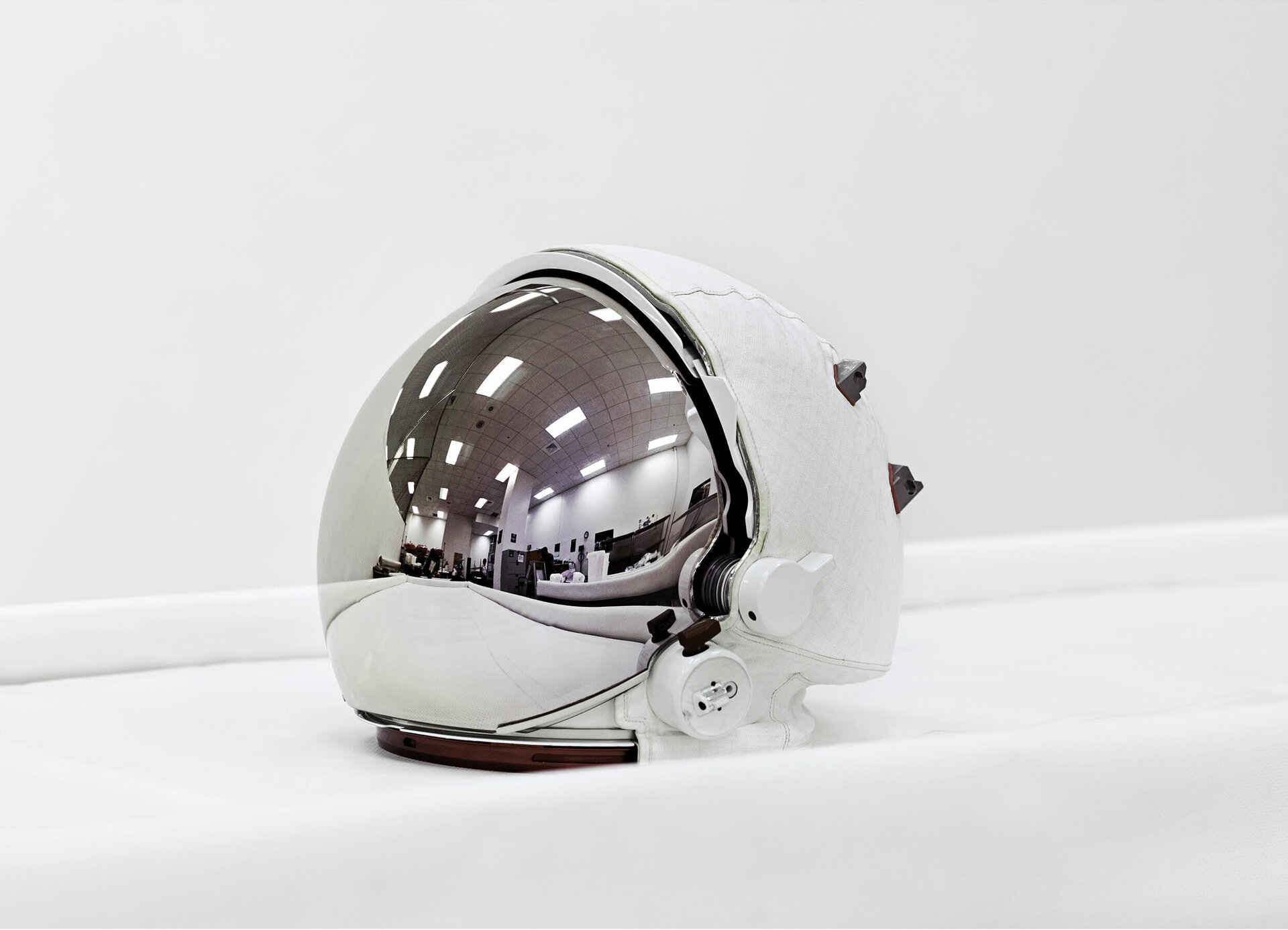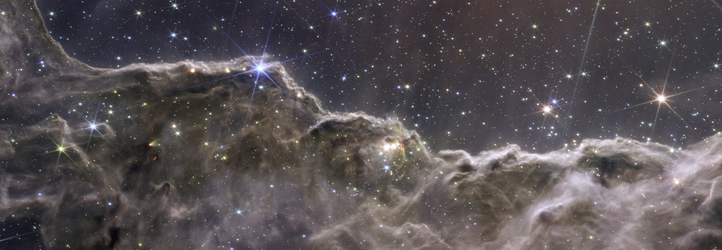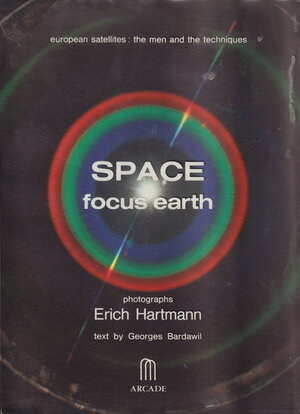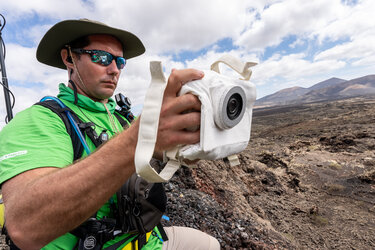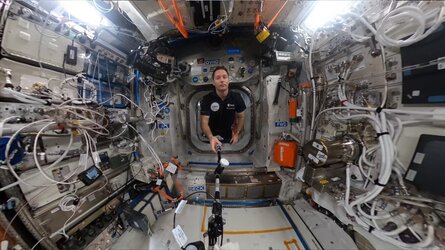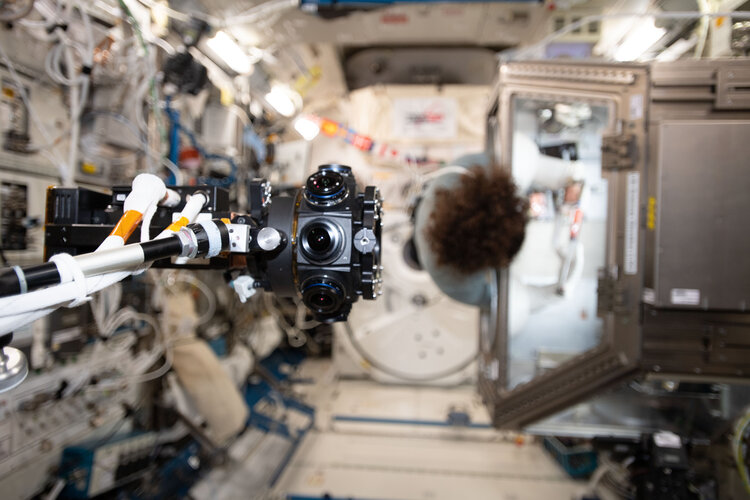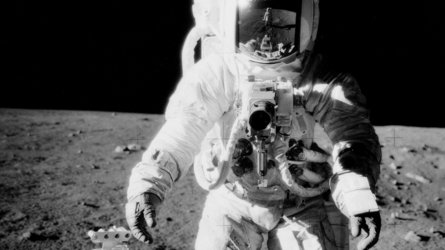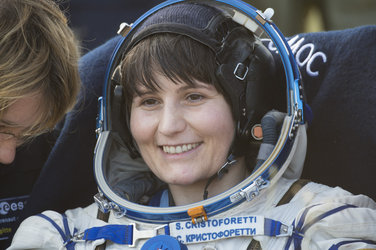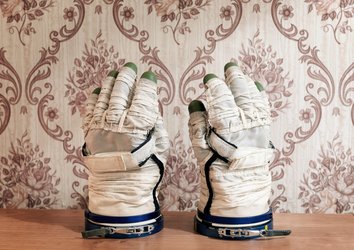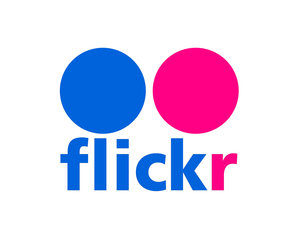ESA and photography
Photography is defined as the science, art, application and practice of creating durable images by recording light or other electromagnetic radiation, either electronically by means of an image sensor, or chemically by means of a light-sensitive material such as photographic film.
ESA, like many other technical organisations and space agencies, produces thousands of images. We mostly use them for documenting our activities, recording them for future reference or for communications and public relations purposes.
However, there is another kind of photography, sometimes called 'artistic photography' but more formally known as fine art photography, that is created by photographers as artwork with definite creative vision, process or message.
Sometimes the images produced by our photographers often border on fine art photography, with their pictures of launches or some of our more visually interesting facilities, for example. Our astronauts also take spectacular images of Earth and their surroundings from space. Wanting to explore the artistic possibilities in our images, ESA has invited professional photographers over the years to visit our facilities around the globe, together with those of our international partners.
Between 2007 and 2011, French photographer Vincent Fournier explored space facilities, including ESA sites in Europe and in French Guiana, for his 'Space Project' web site and exhibitions. His images often have a surreal character and a cinematic atmosphere, sometimes with a 'retro' feel and others more futuristic.

Between 2014 and 2015, the Portuguese photographer Edgar Martins produced a comprehensive survey of our installations and equipment, culminating in a book and exhibitions across Europe. His images are characteristically empty of people, and his long-exposure photos – taken with analogue wide-film cameras – possess a stark, reverent style.
Artists such as these see our work, our facilities and the objects we produce with different eyes. They reveal the hidden beauty of shapes, colours and textures that often lie dormant in our daliy activities and, importantly, they can share them with their public, much better than ourselves.
This is the clear link between space and art – photographers like Edgar and Vincent not only help us to promote ESA and our space research and technology to people who have not been in touch with it before, but they also actively cater for all of us, seeing a particular part of our world from a different perspective.















 Germany
Germany
 Austria
Austria
 Belgium
Belgium
 Denmark
Denmark
 Spain
Spain
 Estonia
Estonia
 Finland
Finland
 France
France
 Greece
Greece
 Hungary
Hungary
 Ireland
Ireland
 Italy
Italy
 Luxembourg
Luxembourg
 Norway
Norway
 The Netherlands
The Netherlands
 Poland
Poland
 Portugal
Portugal
 Czechia
Czechia
 Romania
Romania
 United Kingdom
United Kingdom
 Slovenia
Slovenia
 Sweden
Sweden
 Switzerland
Switzerland

























